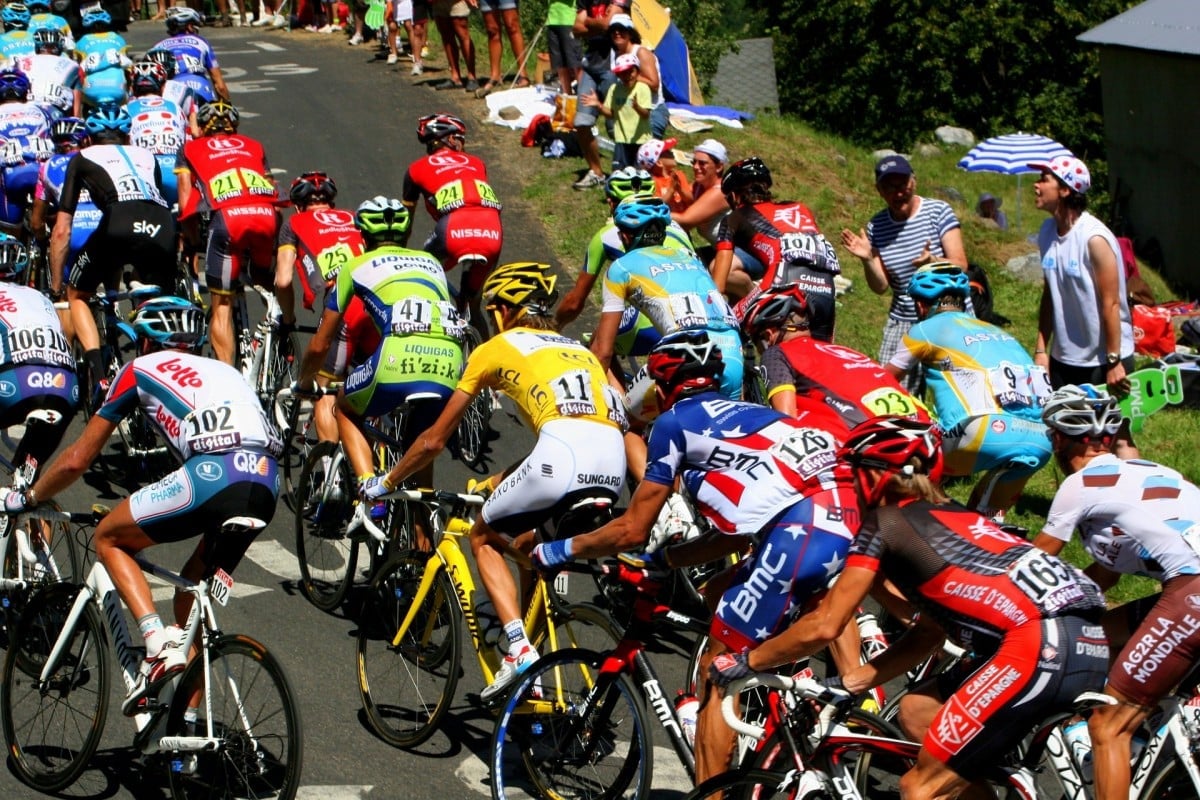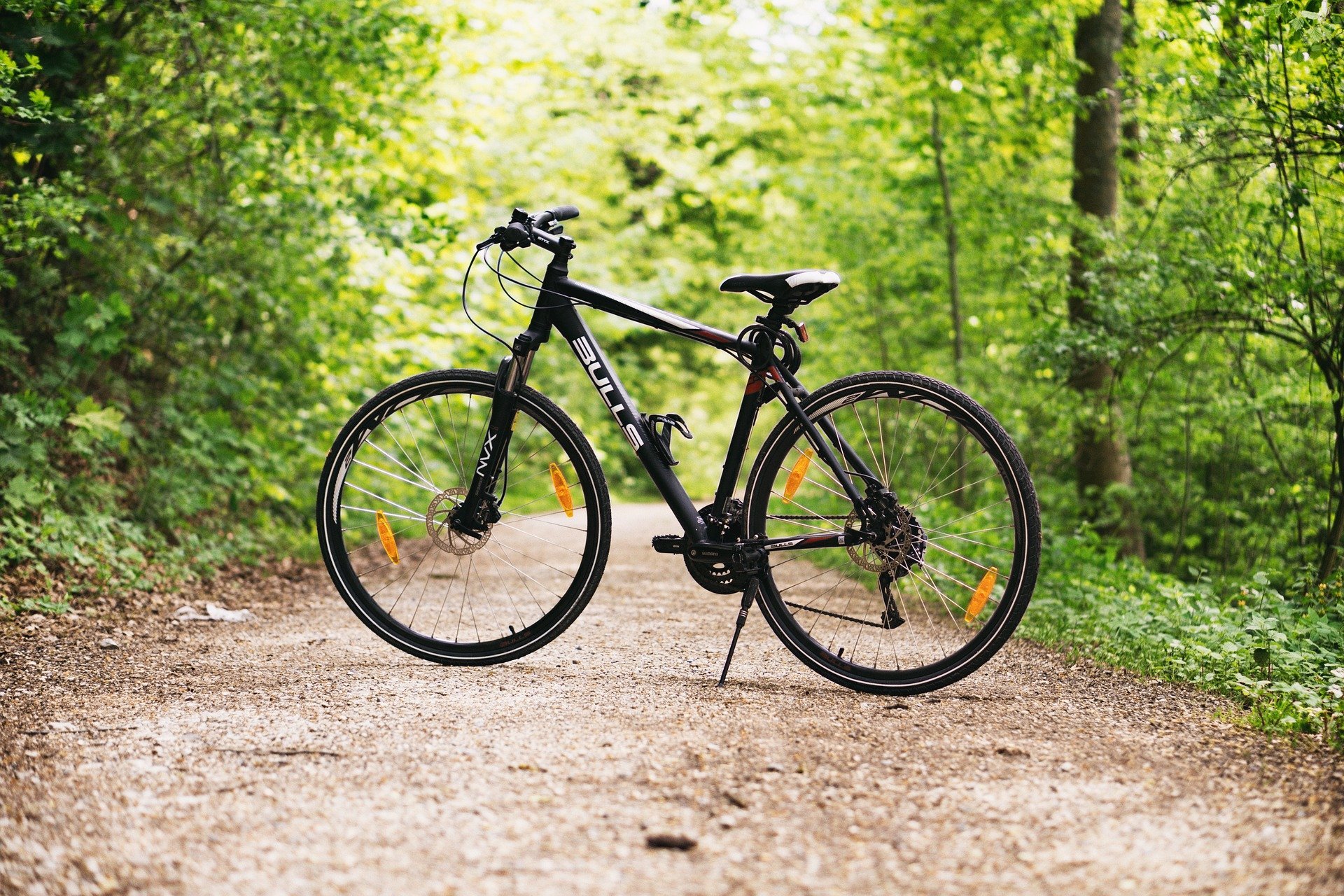
In cycling, teams constantly try to outdo each other. Not only with the most advanced use of materials, but also by improving nutrition, training methods and all kinds of other areas. That’s why Innovation Origins is looking for innovations from within the peloton in the run-up to the Tour de France.
Yesterday, we saw what you can do with statistics and preliminary results. Teams in the peloton are also looking constantly at data. Though not in order to predict stage results, but rather to improve themselves. Riders seem to look less at their competitors and pay more attention to their power meters. It’s all about the cycled wattage , heart rate and training intensity. Mathieu Heijboer from Jumbo-Visma is responsible for everything that has to do with races and training. From the planning of steep stages, to what type of tires have to be fitted on a wheel. Heijboer points out that this kind of data is an indispensable part of modern cycling. “In addition to power meters and heart rate monitors, we also use bio-markers to determine the correct position of riders in test set-ups,” he explains.
The power meters that the team now works with, were recommended by former Jumbo-Visma rider Wilco Kelderman. “Wilco is a guy who loves gadgets, he enjoys scouring the Internet. Pioneer’s engineers flew from Japan to the Netherlands to give a demonstration, we were very impressed by that. The units were first assigned to the training team so as to make them even better together with the Japanese. I am proud that since 2012 we have made so much progress. We were able to contribute to this as a team.” The head unit has not only become lighter and smaller, but has also been given additional features, namely navigation and automatic sensor recognition.
The data goes directly to a cloud that trainers have access to, so they can immediately see how someone has trained and if the schedule needs any further adjustments: “You can see whether someone is recovering well and if not, you can decide to give someone more rest. All of this training data provides important information which you can get a lot out of.”
Every second of training is a data point
Heijboer explains that there is also a collaboration with the University of Leiden and JADS in Den Bosch. “Every second of training is a data point. You can imagine the enormous amount of data this will yield with 20 to 30 hours of training each week. Other competencies are required to analyze this data, which is why we work together with universities and students. Maybe they’ll discover something we haven’t seen before. Something we want to look at more regularly is the extent of training. Some guys ride their bikes for 25 to 30 hours a week, but maybe 20 hours is better for them. Those are things we want to analyze with the help of students. We are also looking at large congestion to see if the timing of, for example, altitude training could be improved.”
Boost the effects of training with proper nutrition
This data also provides information about what nutrition riders need. “In the past it was all about spending hours on the bike, later the realization came that rest as well as consuming enough calories also influence performance. Now we have advanced so far that we are able to boost the effects of training by making sure that riders get the right nutrients,” Heijboer explains.
“You simply can’t separate one from the other anymore. We have now launched the Jumbo Food Coach, this is an app that draws up a nutrition plan for riders based on the intensity of their training. So this might be slightly different for each rider. The point is that every rider gets the right things so that they can get the most out of their training. But also the right ingredients in order to recover.”
Jumbo-Visma has brought in the expertise of Jeukendrup so that they can find out what nutrients a rider needs. Jeukendrup works for PSV and Barcelona football clubs, among others. His knowledge of metabolism and nutrition is universally acknowledged. “He is truly an authority in this field. In addition, we are conducting research in the areas of nutrition, exercise and recuperation in collaboration with Maastricht University. This means that we are always able to test the latest developments in practice. Because what works for one rider doesn’t necessarily work for another.”
Visualization of the future
In the future, Heijboer expects much of the data will be displayed directly on the rider’s glasses. “Seeing information physically in front of you can be of great benefit, especially during a time trial. They won’t have to look at a small screen on the handlebars anymore, I think it’s much safer too.”
Glasses could also be used for orientation purposes, i.e. that the course is projected onto their glasses. “Of course, you already have navigation whereby you are able to to explore routes via GPS systems. But if a rider can actually see the route – through their glasses – or perhaps ride virtually, then they can get more of a feel for it.” says Heijboer. Now there is often not enough time to examine all of the races: “You have to take into account that riders do between 60 and 85 races per year. I think about two-thirds of all competitions aren’t studied. So an enormous amount can be gained here.”
” The developments in Formula 1, that’s where cycling has a lot to learn from. Every part is tested and improved down to the last detail. Cycling is increasingly moving in that direction according to Heijboer. “The first step is that you have to learn what you have to do in order to develop a handlebar, for example. That takes time and a lot of money, because you have to substantiate everything. We work together with scientists in all kinds of areas and also test a lot out ourselves. This allows us to adjust the material more optimally to the circumstances. When we ride a mountain stage, lighter wheels are used and the pressure in the tires is different than when we ride a flat stage. As a sport, we can go much, much further, and for this I like to look to Formula 1, which is a great source of inspiration.”







